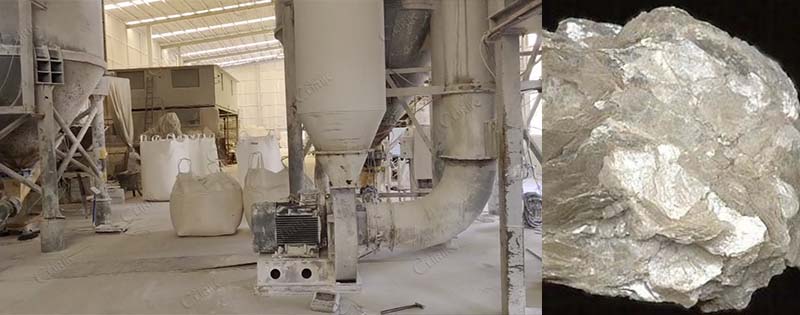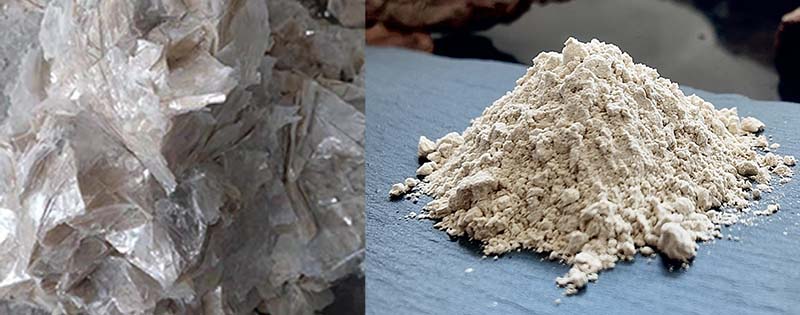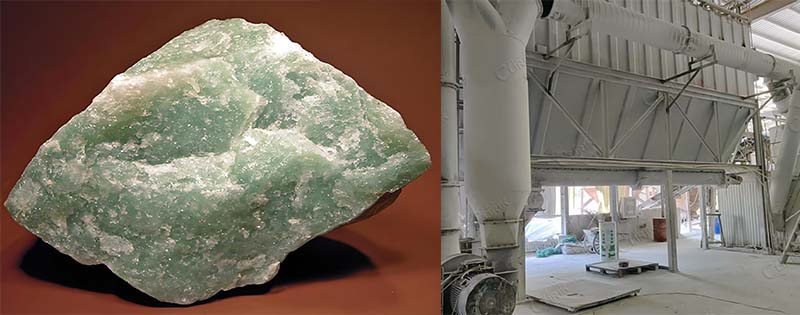Material Preparation: To begin, the raw mica should be pre-processed to ensure it is suitable for the HGM mill. Typically, the mica needs to be crushed to a size no larger than 20mm. This can be achieved using a jaw crusher. The crushed mica should then be stored in a dry environment to prevent moisture from affecting its quality.
Equipment Inspection: Before starting the grinding process, a thorough inspection of the HGM mill is necessary. Check the grinding chamber for any signs of wear, and ensure that the classifier and dust collector are functioning properly. All bolts and fasteners should be tightened, and any damaged parts should be replaced immediately.
Parameter Adjustment: The classifier speed is a critical parameter that determines the fineness of the mica powder. Adjust the speed according to the desired fineness, which can range from 325 meshes to 2500 meshes. Proper adjustment ensures that the mill produces powder within the specified range.

Feeding: The crushed mica is fed into the mill using a vibrating feeder. This feeder ensures a steady and consistent flow of material into the grinding chamber. Adjust the feeder's speed to match the mill's capacity and the desired output rate.
Grinding: Inside the grinding chamber, the mica is ground into fine powder by the rotating grinding rollers. The rollers apply significant pressure to the material, breaking it down into smaller particles. The high-speed rotation of the turntable helps to distribute the material evenly, ensuring uniform grinding.
Classification: After grinding, the powder is carried by the airflow to the classifier. The classifier separates the fine powder from coarser particles based on size. Coarser particles are returned to the grinding chamber for further processing, while the fine powder that meets the required fineness is sent to the next stage.

Powder Collection: The fine mica powder is collected in a cyclone collector. The collector uses centrifugal force to separate the powder from the airflow, and the collected powder is then stored in a collection bin. Regularly check the cyclone collector to ensure it is functioning correctly and that the collected powder meets the desired quality.
Dust Cleaning: The dust collector captures any residual dust from the grinding process, maintaining a clean and safe working environment. Regular maintenance of the dust collector is essential to ensure its effective operation and to prevent dust buildup.
Packaging: The collected mica powder is then packaged for storage or transportation. Proper packaging is important to protect the powder from moisture and contamination. Ensure that the packaging material is suitable for the intended use of the powder.

Clean-up: After the grinding process is complete, thoroughly clean the mill to remove any residual material. Cleaning helps to prevent contamination of future batches and ensures that the equipment remains in good condition.
Regular Maintenance: Regularly inspect the mill for wear and tear, and replace any worn parts such as grinding rollers, rings, and classifier impellers. Check the lubrication system to ensure that all moving parts are well-lubricated. This helps to reduce wear and prolong the lifespan of the equipment.
上一篇: Introduction to the Marble Grinding Process with HGM Grinding Mill
下一篇: Grinding Calcium Carbonate with HGM Ultrafine Grinding Mill
Please feel free to write down your requirement in the form below.
We will reply you within 24 hours.
Copyright: Shanghai Clirik Machinery Co., Ltd.All rights reserved
